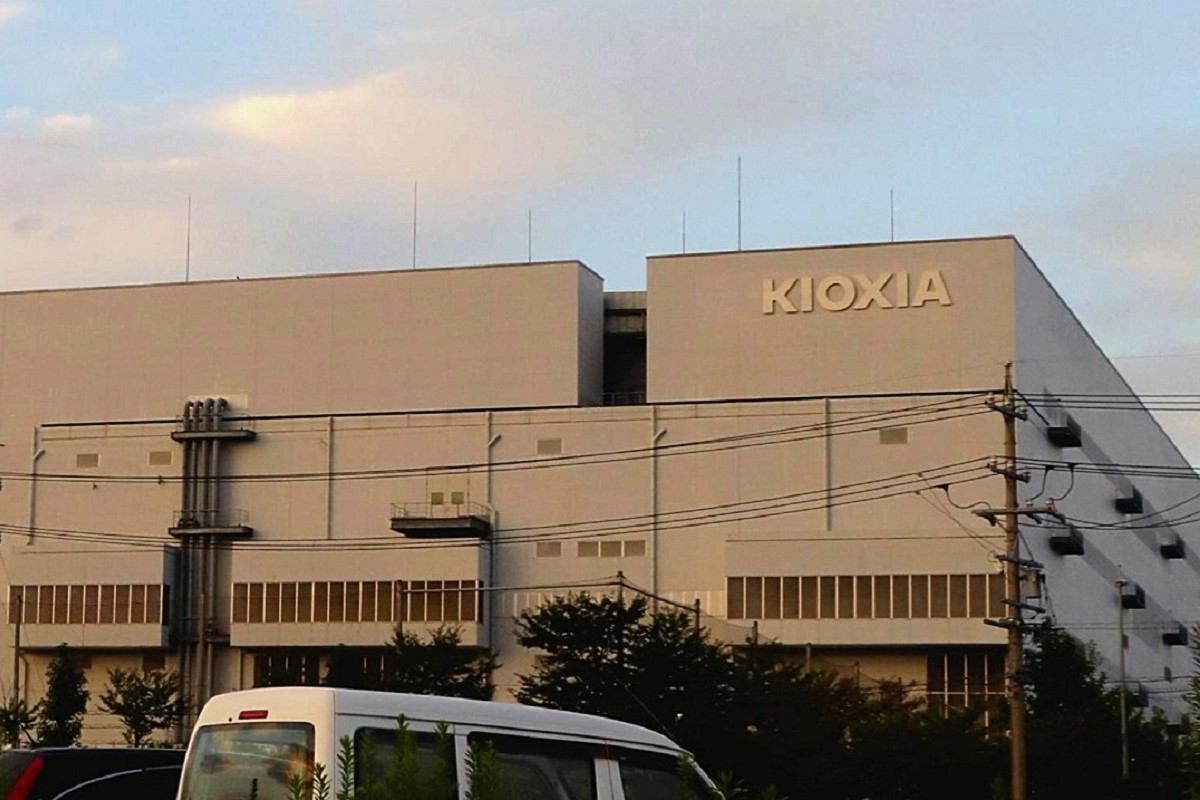TOKYO (ANN/THE YOMIURI SHIMBUN) – Kioxia Corp, a major player in the semiconductor industry, has unveiled plans to kickstart mass production of cutting-edge flash memory at its facilities located in Mie and Iwate prefectures, with operations slated to commence as early as the autumn of 2025.
The company’s announcement on Tuesday revealed a strategic collaboration with Western Digital Corp, a semiconductor giant based in the United States, to spearhead this initiative.
With an estimated investment of approximately JPY700 billion, the joint venture aims to accelerate the production timeline for state-of-the-art products, leveraging substantial backing from the government, expected to amount to around JPY240 billion in subsidies.
Sources close to the development indicate that both Kioxia and Western Digital are poised to unveil a comprehensive development roadmap in the near future.
This collaborative effort signals a significant shift in focus for Kioxia, as it revises its previous strategy approved back in July 2022, now prioritising the advancement of cutting-edge memory technology.
At Kioxia’s Yokkaichi plant in Mie Prefecture and its Kitakami plant in Iwate Prefecture, the company will produce eighth- and ninth-generation memory chips that will have some of the world’s highest storage capacities and fastest speeds, the sources said.
Investments under the new plan will come to around JPY450 billion, with the government providing JPY150 billion in subsidies. Kioxia aims to produce 60,000 next-gen wafers per month at the Yokkaichi plant and 25,000 per month at the Kitakami plant. Both plants are looking to make their first shipments in September 2025.
In addition to the JPY450 billion, the two companies will shift from sixth-generation to eighth-generation chips at the Yokkaichi plant to capture more demand with about JPY280 billion invested.
The companies had previously decided on an investment plan in July 2022 for the Yokkaichi plant but postponed it due to a decline in the semiconductor market. They will revise the plan to start production earlier on cutting-edge products. Of the about JPY280 billion to be invested, about JPY93 billion will likely be covered by subsidies.
Demand for state-of-the-art memory is increasing thanks to larger volumes of data and faster processing speeds at data centres and in cars.
The government is supporting the development of semiconductor plants in a bid to boost economic security.





